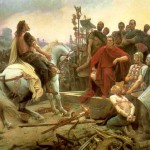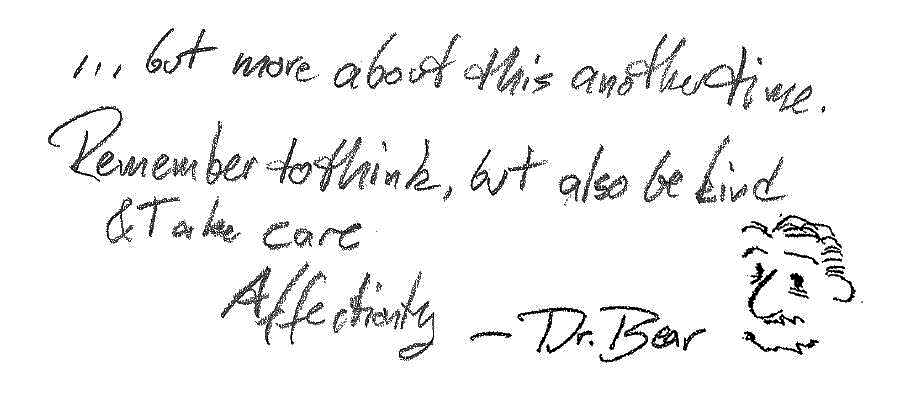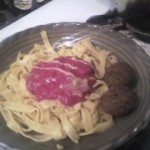One of the things my mom taught me about food was to plan the plate so that there were a variety of colors. This is visually interesting, but also works nutritionally: Carbs tend to be white or tan, whereas healthy, fresh vegetables come in an amazing array of  colors. Tans, browns, and greens are fairly easy–even yellows–but brighter oranges, reds, purples, are more rare.
colors. Tans, browns, and greens are fairly easy–even yellows–but brighter oranges, reds, purples, are more rare.
This is a basic broiled beet recipe that can be served 3 ways. As my friend the beet expert points out, raw beets have most nutritional benefit, but these are a good dish. Also, you can just broil beets with a little olive oil and salt, and eat them like that.
First possibility: Broiled Beets
Ingredients:
- 4 beets
- 3 sweet potatoes
- !/3 red cabbage
- 1/2 red onion
- olive oil
- soy sauce or salt
- red wine
- other spices as desired
- 3 cloves garlic
Step 1, Prepare ye the way: Scrub the skins of the beets & the sweets potatoes, and slice them about 1/8 to 1/4 of an inch (you could peel them, but lots of nutrients are in the skin; texture, too).slice the cabbage and onion.
Step 2, Shake it up, Baby:Toss the vegetables together, with some olive oil and a bit of soy sauce & red wine. Oil a large iron skillet and put in the vegetables.
Step 3. Turn on the heat: Broil on high, taking out and tossing every 6 minutes, until the edges of the sweet potatoes and beet start to caramelize (“brown” if you aren’t familiar with kitchen lingo, “caramelise” if you prefer English, if you are a real geek, “Maillardize”–however the browning of the onions is pyrolysis because it is non-enzymatic).
Step 4, Watch out! It can burn: Repeat this 4 or 5 (or more) times,  until the roots are cooked, but still firm, browned, but not burnt. When you are almost there, add the garlic., and put it back in (warmed garlic is aromatic, burnt garlic is nasty).
until the roots are cooked, but still firm, browned, but not burnt. When you are almost there, add the garlic., and put it back in (warmed garlic is aromatic, burnt garlic is nasty).
Step 5, to table: Serve as a delicious, nutritious and colorful side dish, either in the hot skillet (oh, the drama) or in a dish (oh, I can pass it).
Second possibility: Broiled Beet Salad
 Only Step, Salad: Add a bit of vinegar, perhaps some more spices like rosemary to the broiled beets, perhaps some sliced carrots, allow it to cool, and serve it as a salad, or pack it (warm) in a big Mason Jar, and then let it cool and take it on a picnic.
Only Step, Salad: Add a bit of vinegar, perhaps some more spices like rosemary to the broiled beets, perhaps some sliced carrots, allow it to cool, and serve it as a salad, or pack it (warm) in a big Mason Jar, and then let it cool and take it on a picnic.
Third possibility: Broiled Beet Soup
If you do this, I recommend undercooking the vegetables.
Step 1, Out of the skillet, into the soup pan: Transfer the vegetables into a soup pot, deglaze with wine, and add vegetable broth.
Step 2, A few extra things: Add a can of drained and rinsed kidney beans for texture and protein, cover and let simmer.
Step 3, Serve: Spice as desired, and serve with either Bialys or dark bread, and the option of sour cream. Another option is to mix the soup before serving with sour cream or crème fraise, which makes it a garish pepto-bismol pink.






























